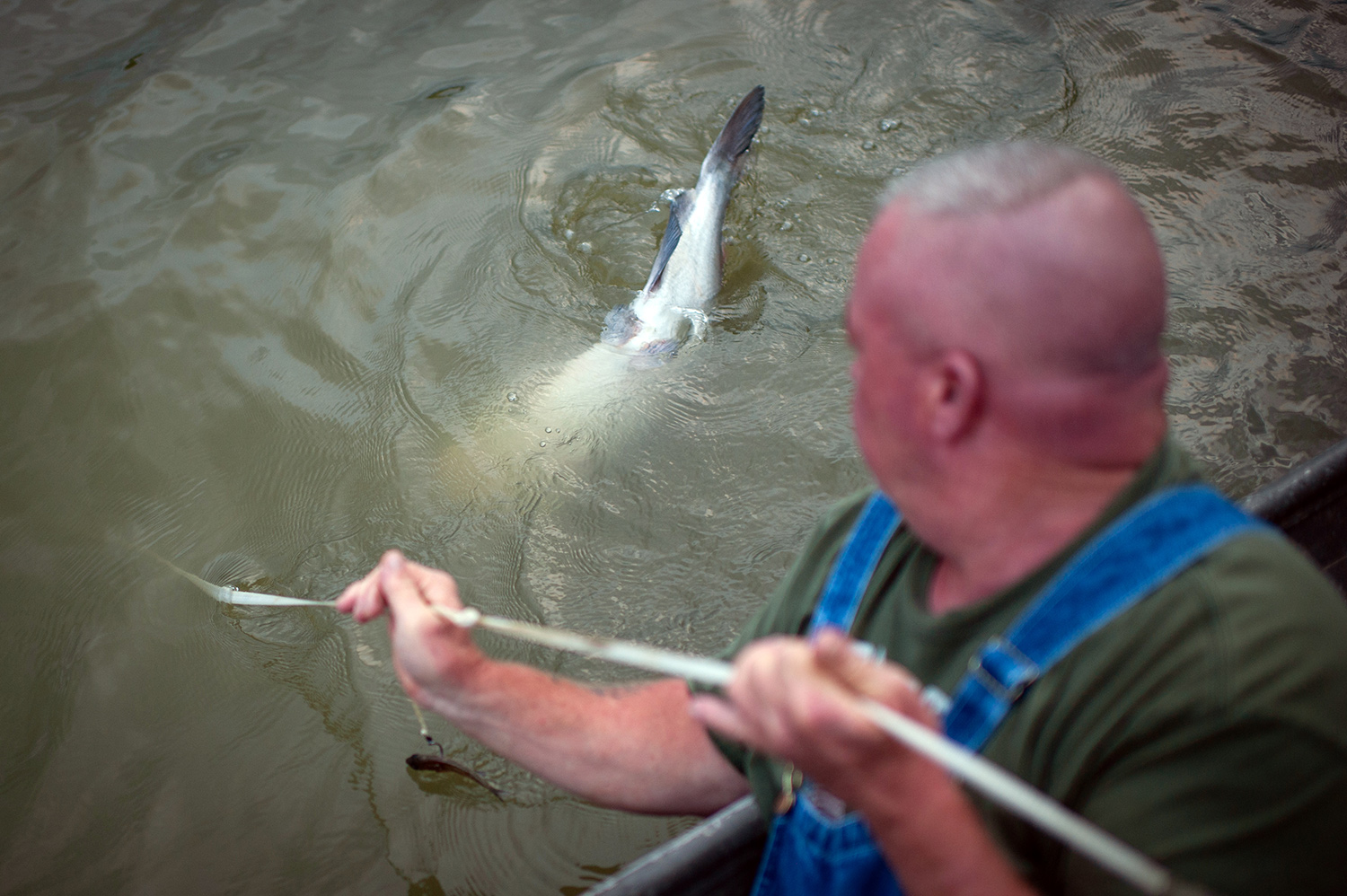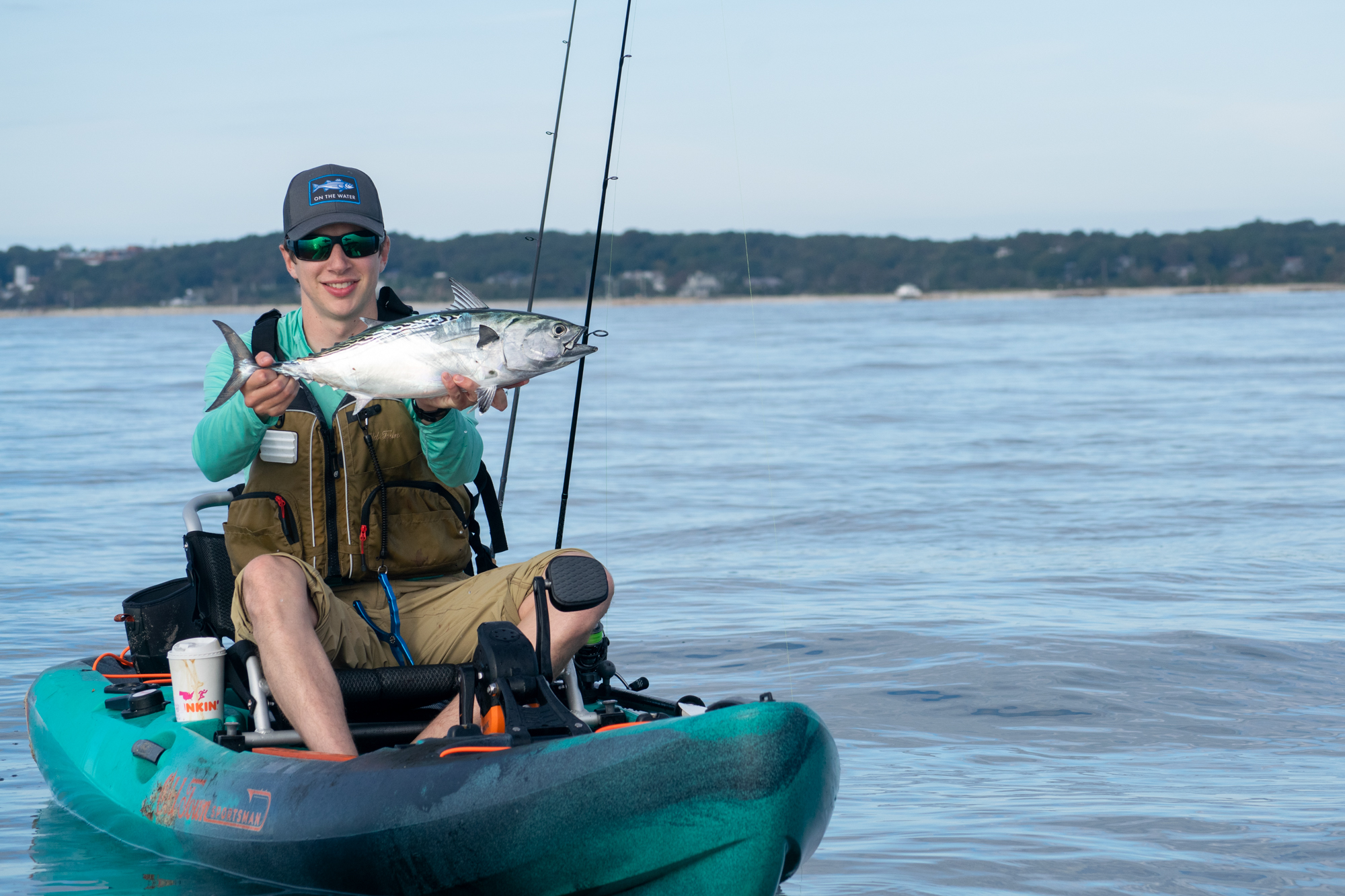Trump Administration Terminates Collaborative Salmon Recovery

The Trump Administration said Thursday that it will terminate the Resilient Columbia Basin Agreement. The historic agreement, reached under the Biden Administration in 2023, brought together state governments, tribes, and other stakeholders to plot a path forward for the region’s endangered salmon runs. As part of those efforts, the agreement opened the door to considerations around breaching the Lower Four Snake River Dams, a controversial move that many experts say is our best chance at recovering these fish.
“The survival problems of various ESA-listed salmon and steelhead species in the Columbia Basin cannot be solved without removing four dams on the Lower Snake River,” a group of 68 leading fisheries scientists wrote in a letter to policymakers in 2021, as the RCBA was first coming together. That same year, Sen. Mike Simpson of Idaho became one of the first conservative leaders in the U.S. to embrace the idea of dam breaching as a viable solution.
“These four dams must be removed to not only avoid extinction,” the scientists concluded, “but also to restore abundant salmon runs.”
Read Next: Breach or Die: It’s Time to Free the Lower Snake River and Save Idaho’s Wild Salmon
In its June 12 memorandum, however, the Trump Administration chalked up those conclusions to “speculative climate change concerns.” It explained that by pulling the federal government and its funding out of the RCBA, it was “stopping radical environmentalism” and “securing American prosperity.” In addition to fundamentally mischaracterizing the agreement itself, Thursday’s announcement seemed to imply that speaking up for fish and considering alternatives to the status quo is part of a green agenda meant to harm the American public.
“President Trump continues to deliver on his promise to end the previous administration’s misplaced priorities and protect the livelihoods of the American people,” the announcement reads.
Conservationists and wild fish advocates are deeply disappointed by Trump’s decision to axe the agreement, which also paused a series of ongoing lawsuits that have dragged on for decades, and would have contributed more than a billion dollars in federal funding to solving a big, hairy problem. They say the move sets back our country’s salmon recovery efforts substantially, returning us to a zero-sum game of endless litigation that pits energy against fish.
“It was one of the first times that we had a collaborative effort where people agreed to come together — nobody’s hand was forced, there wasn’t a judge or a court insisting on this,” CEO and President of Trout Unlimited Chris Wood tells Outdoor Life. “Now, we’re back to the beginning — where we had been for the previous 20 years. Which is just relying on the Endangered Species Act to keep these most amazing of God’s creatures from blinking out.”
This is not speculation. The Columbia-Snake River system was once the most productive salmon and steelhead fishery in the world. Today, these anadromous runs are a shadow of their former selves, with wild fish returning at less than two percent of their historical abundance. As Wood notes, “the numbers don’t lie.” And although there are several factors influencing their survival in the 21st century, the most impactful barriers are the four dams on the Lower Snake River and the impoundments they’ve created, which impede salmon and steelhead from reaching the most productive spawning habitat in the Lower 48.
“The Snake is the last best hope for Pacific salmon,” Wood says, because of the high-quality habitat found in its high-elevation tributaries. “These places are perfect for these fish. The problem is, they just can’t get back.”
The main objective of the 2023 cooperative agreement, Wood adds, was for stakeholders to work together to increase those returns. It was not a decision to breach the Lower Four Snake River Dams, nor did it support legislation to authorize dam breaching. The dams are owned by the U.S. Army Corps of Engineers and removing or redesigning them would require an act of Congress.
Breaching the dams remains a deeply controversial subject, as they provide several benefits to our modern, energy-hungry society, including hydropower, barge transportation, and irrigation. The four dams together produce roughly enough electricity to power a city the size of Seattle. (Importantly, they do not provide flood control, as other dams on the Snake and Columbia Rivers do.) A core component of the RCBA was to find ways to replace this energy and the other benefits before any breaching plans were even considered.
“The idea was to look at the dams and the benefits they provide,” Wood says. “And let’s ask each other: How can we make sure that the irrigators, the barge operators, the farmers, and the people who depend on the power [the dams generate] can all be made whole?”
In many ways, the agreement reached in 2023 provided a road map for these difficult conversations. It established a Tribal Energy Program to help the Columbia River Treaty Tribes develop their own renewable energy sources. It provided federal guidance for replacing and/or redesigning the current irrigation and transportation systems in the Lower Snake region. And it provided the funds to make these solutions workable. Perhaps most importantly, though, it paused the Gordian knot of ongoing lawsuits around the Lower Four dams in an effort to bring stakeholders back to the negotiating table.
“So, I guess we’re gonna go back to the way things used to be, which is basically, ‘We’ll see you in court.’ And I don’t see how that benefits the fish. And I definitely don’t see how it benefits the social and economic interests that depend on this hydropower system.”
Read the full article here









